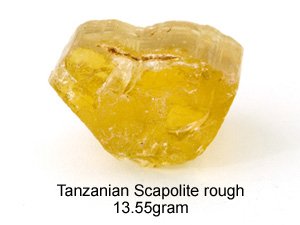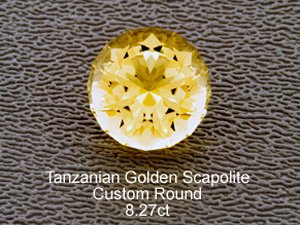koester_2010
Rough_Rock
- Joined
- Apr 19, 2009
- Messages
- 11
Hello,
can everyone tell me, where I can make a course for rough coloured gemstones ? It seems to be very difficult.
Mathias
can everyone tell me, where I can make a course for rough coloured gemstones ? It seems to be very difficult.
Mathias







300x240.png)